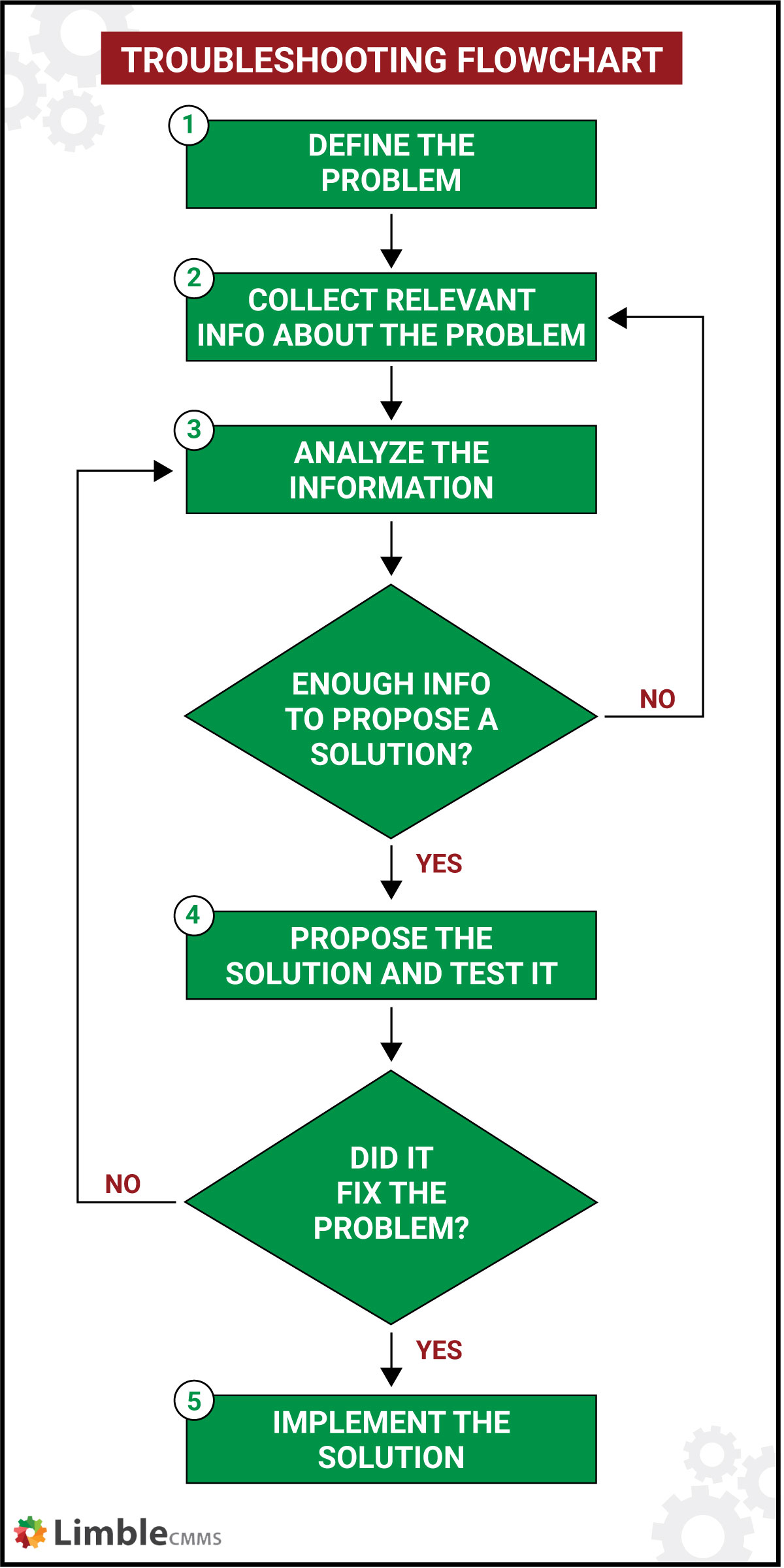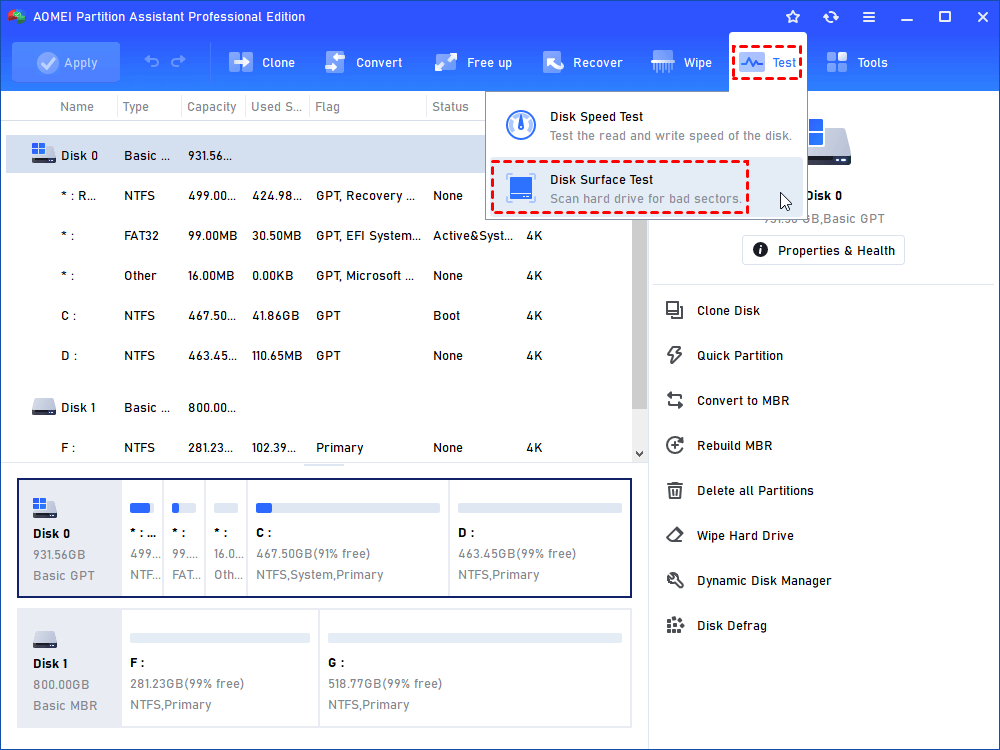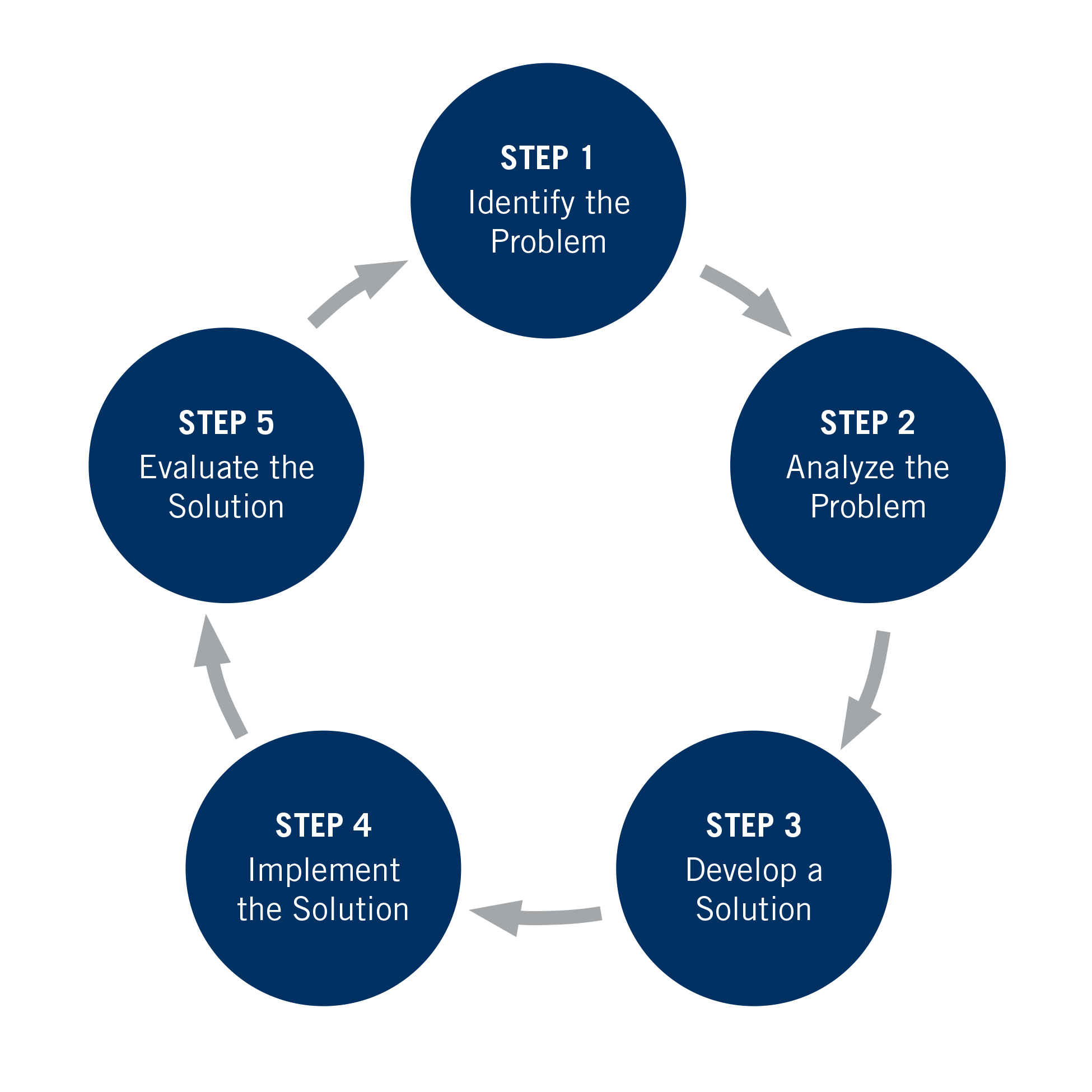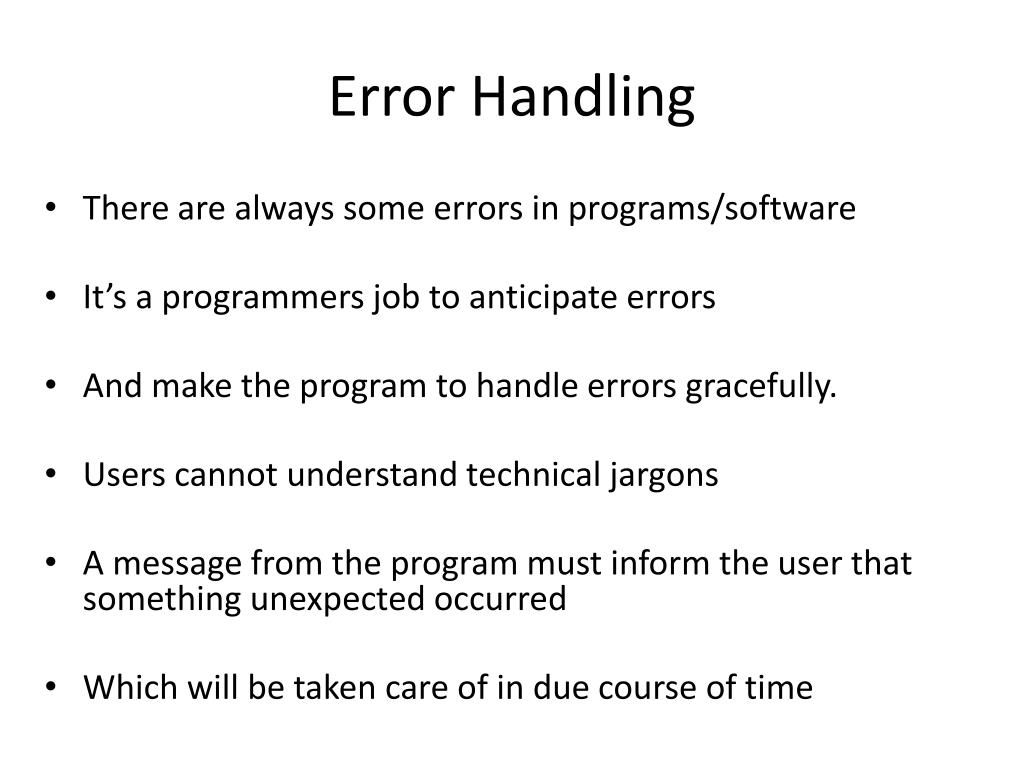Software Trouble Shooting Presentation
| Introduction to Software Troubleshooting | ||
|---|---|---|
| Software troubleshooting is the process of identifying and resolving issues in computer programs. It involves analyzing symptoms, diagnosing the root cause, and implementing solutions. Effective troubleshooting skills are crucial for software developers and IT professionals. | ||
| 1 | ||
| Common Software Issues | ||
|---|---|---|
| Slow performance: Programs running slowly may be due to insufficient system resources or coding inefficiencies. Crashes and freezes: Software crashes and freezes can be caused by memory leaks, compatibility issues, or faulty hardware. Error messages: Error messages provide valuable information about the problem and can help in troubleshooting. | ||
| 2 | ||
| Steps to Troubleshoot Software Issues | ||
|---|---|---|
| Reproduce the issue: Attempt to recreate the problem to understand its scope and triggers. Gather information: Collect details such as error messages, system specifications, and recent changes. Analyze logs: Examine log files to identify any patterns or errors related to the issue. | ||
| 3 | ||
| Steps to Troubleshoot Software Issues (contd.) | ||
|---|---|---|
| Check for updates: Ensure that the software and its dependencies are up to date. Test in a controlled environment: Isolate the issue by testing the software on different systems or using virtual machines. Use debugging tools: Debuggers and profilers can help identify and analyze the code causing the problem. | ||
| 4 | ||
| Troubleshooting Techniques | ||
|---|---|---|
| Divide and conquer: Split the problem into smaller parts to identify the specific component causing the issue. Binary search: Narrow down the problem by systematically testing different sections of the code. Temporary workarounds: Implement temporary fixes to mitigate the impact of the issue while finding a permanent solution. | ||
| 5 | ||
| Troubleshooting Techniques (contd.) | ||
|---|---|---|
| Rollback changes: If the issue started after recent updates or modifications, revert them to see if it resolves the problem. Collaboration: Seek help from colleagues or online communities to gain different perspectives and insights. Documentation: Document the troubleshooting process, including steps taken and their outcomes, for future reference. | ||
| 6 | ||
| Best Practices for Software Troubleshooting | ||
|---|---|---|
| Stay organized: Maintain a structured approach, including keeping track of steps taken and changes made. Use a systematic approach: Follow a logical sequence in troubleshooting to avoid missing critical steps. Keep learning: Stay updated with the latest software technologies and troubleshooting techniques. | ||
| 7 | ||
| Preventive Measures | ||
|---|---|---|
| Implement proper error handling: Include meaningful error messages and handle exceptions gracefully. Test early and often: Conduct thorough testing during the development process to catch issues before they reach end-users. Regular maintenance: Perform routine checks and updates to keep the software running smoothly. | ||
| 8 | ||
| Conclusion | ||
|---|---|---|
| Software troubleshooting is a critical skill for resolving issues and ensuring smooth operation. By following a systematic approach and leveraging troubleshooting techniques, problems can be efficiently identified and resolved. Continuous learning and preventive measures can help minimize future software issues. | ||
| 9 | ||
| References (download PPTX file for details) | ||
|---|---|---|
| Smith, J. (2020). Troubleshooting Software: A... Johnson, M. (2018). The Art of Debugging: Tec... Brown, L. (2019). Software Testing and Qualit... |  | |
| 10 | ||







